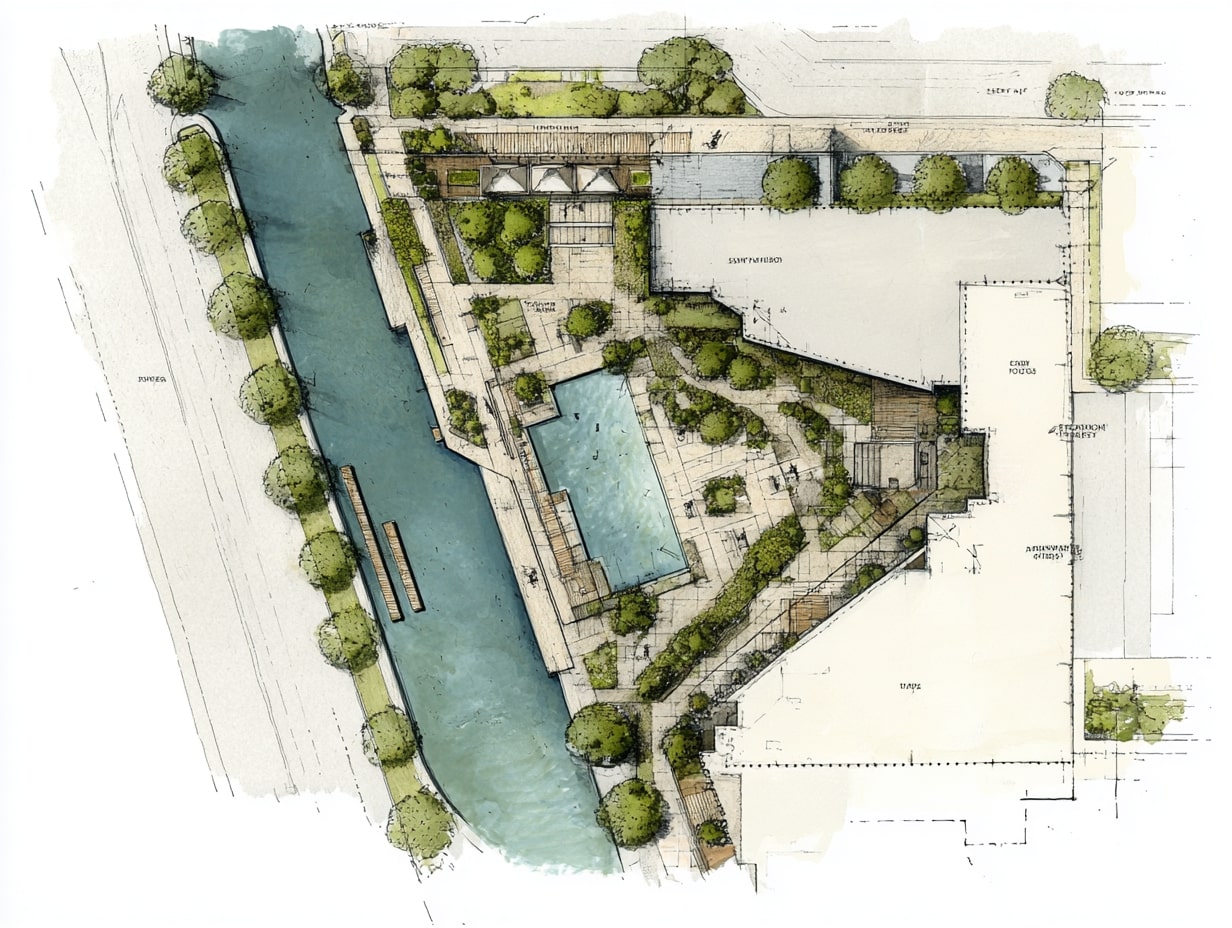- Home
- Articles
- Architectural Portfolio
- Architectral Presentation
- Inspirational Stories
- Architecture News
- Visualization
- BIM Industry
- Facade Design
- Parametric Design
- Career
- Landscape Architecture
- Construction
- Artificial Intelligence
- Sketching
- Design Softwares
- Diagrams
- Writing
- Architectural Tips
- Sustainability
- Courses
- Concept
- Technology
- History & Heritage
- Future of Architecture
- Guides & How-To
- Art & Culture
- Projects
- Interior Design
- Competitions
- Jobs
- Store
- Tools
- More
- Home
- Articles
- Architectural Portfolio
- Architectral Presentation
- Inspirational Stories
- Architecture News
- Visualization
- BIM Industry
- Facade Design
- Parametric Design
- Career
- Landscape Architecture
- Construction
- Artificial Intelligence
- Sketching
- Design Softwares
- Diagrams
- Writing
- Architectural Tips
- Sustainability
- Courses
- Concept
- Technology
- History & Heritage
- Future of Architecture
- Guides & How-To
- Art & Culture
- Projects
- Interior Design
- Competitions
- Jobs
- Store
- Tools
- More

As we traverse further into the 21st century, architectural education around the world is entering a phase of remarkable transformation. At the crossroads of shifting environmental realities, emerging technologies, evolving societal needs, and new pedagogical trends, the future of architectural education is embracing a vision that is broader, multidisciplinary, adaptable, and globally responsive.
The digital revolution continues to reshape architectural education. This transformation extends beyond using technology for rendering designs and encompasses new approaches such as Building Information Modelling (BIM), Computer Numeric Control (CNC) milling, and 3D printing. These digital tools empower architects to visualize, simulate, and analyze their designs in ways previously impossible, allowing them to predict and optimize building performance.
The emergence of virtual reality (VR) and augmented reality (AR) offers further possibilities, enabling students to interact with their designs in a fully immersive environment. These advancements are not only changing how architects design but also transforming architectural pedagogy, with the future demanding a strong digital proficiency from graduates.

The Sustainability Imperative
In the era of climate change, the future of architectural education is intrinsically linked with sustainability. A growing emphasis is being placed on eco-friendly design principles, energy efficiency, renewable materials, and resilience against environmental hazards. These concepts will move from being a specialty or elective in architectural education to becoming the foundation of design thinking.
Future architectural curriculums will increasingly integrate disciplines such as ecology, environmental science, and sustainability studies, inculcating a holistic understanding of the built environment’s impact on the planet and vice versa.
Human-Centered Design
Architecture’s ultimate purpose is to serve human needs, making empathy and social responsibility critical aspects of architectural education. With growing urbanization and socio-economic disparities, the future of architectural education will emphasize designing for inclusivity, accessibility, and social equity. This will entail a greater understanding of social sciences, cultural diversity, and public health, among others.
Interdisciplinarity
The complexity of contemporary architectural challenges requires collaborative and interdisciplinary approaches. Tomorrow’s architectural education will encourage cooperation between architects, engineers, planners, sociologists, environmentalists, and others. Students will be trained in soft skills such as communication, negotiation, and teamwork, alongside their technical architectural education.
This interdisciplinary approach will also mean a curriculum that increasingly blends areas like material science, computational design, psychology, business, and policy-making, preparing architects for the increasingly diverse roles they play in society.

Global Responsiveness
Architectural education in the future will foster a global perspective. With urban challenges increasingly shared across countries, there’s a growing need for architects who can navigate different cultural, social, and regulatory landscapes. This means architectural education that exposes students to international design contexts, global architectural histories, and varied socio-cultural narratives.
Moreover, given the global scale of climate change and other environmental crises, there’s an urgent need for architectural solutions that can be scaled or adapted across different geographies. This demands a level of global collaboration and knowledge exchange unprecedented in the field of architecture.
Life-long Learning
In a fast-paced world, where technology and societal needs are continually evolving, architectural education will need to foster a culture of lifelong learning. Postgraduate education, professional development courses, and online learning platforms will play a crucial role in enabling architects to keep their skills and knowledge up-to-date.

The future of architectural education around the world promises to be dynamic, innovative, and more aligned with the global challenges and opportunities that lie ahead. By fostering digital proficiency, ecological consciousness, social empathy, interdisciplinarity, global responsiveness, and a culture of lifelong learning, architectural education can prepare architects to shape a built environment that is not only aesthetically pleasing, but also sustainable, inclusive, and life-enhancing.
Do not forget that, embracing the future in architectural education carries several profound implications and influences, not only for the students and educators involved but also for the broader profession, the environments it shapes, and the societies it serves.
The future of architecture involves a broader set of disciplines and considerations, expanding from traditional design and engineering principles to include areas such as environmental science, digital technology, social sciences, and more. This leads to a richer, more comprehensive understanding for students, and subsequently, a more holistic approach to architectural design in practice.

Submit your architectural projects
Follow these steps for submission your project. Submission FormLatest Posts
Understanding Site Safety Footwear in Architectural Practice
Architecture is often discussed through drawings, models, and finished buildings, yet a...
General Arrangement Drawings in Architecture: The Backbone of Clear Design Communication
General Arrangement Drawings explained: what they are, when to use them, how...
The Ultimate Guide to Fencing in North Dakota: Choosing the Best Fence for Your Property
Watching a chain link fence twist in 70 mph winds near Minot...
Gaudí: Where Architecture Meets Science
Gaudí: Where Architecture Meets Science shows catenary arches, ruled surfaces, and biomimicry...












Leave a comment